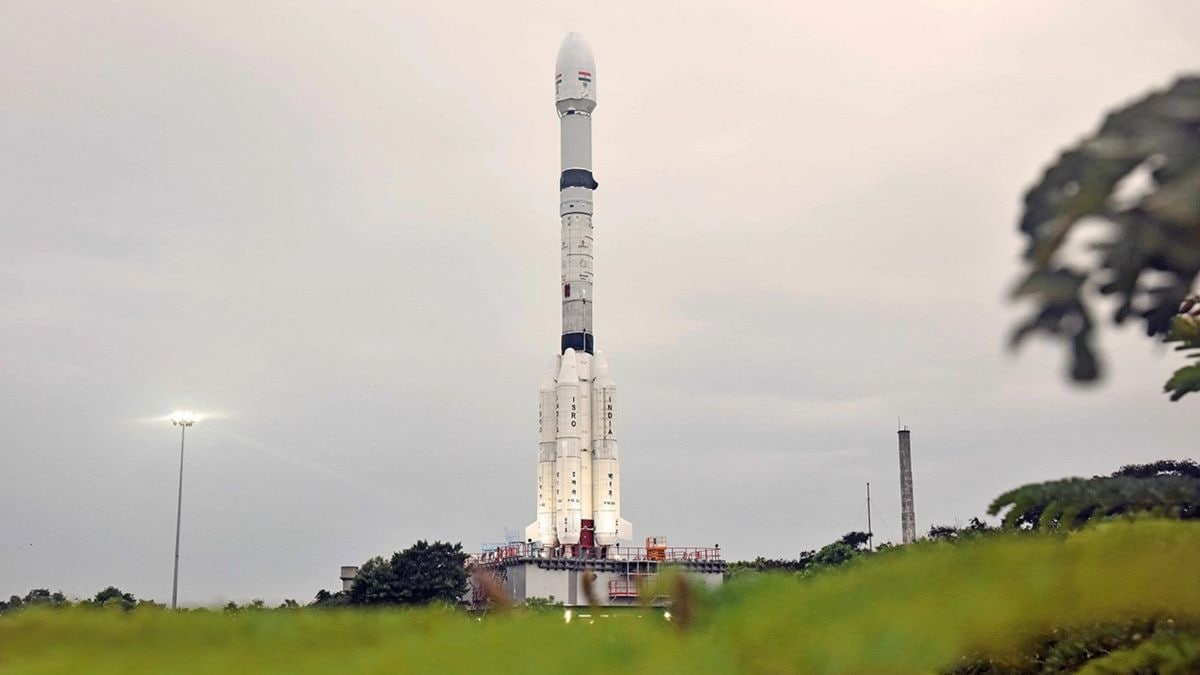Solar storm is going to hit the Earth tomorrow 30 November may disrupt GPS radio signals

What is coronal mass ejection?
According to NASA, coronal mass ejections or CMEs are large clouds of solar plasma. After a solar explosion, these clouds spread in space in the Sun’s magnetic field. They cover a distance of several lakhs of miles and collide with the magnetic fields of the planets. When their direction is towards the Earth, they can cause geomagnetic disturbances.
How dangerous is coronal mass ejection?
A CME hitting our planet’s magnetic field can cause short circuits in satellites. Power grids may be affected. A high-intensity CME can also endanger astronauts in Earth’s orbit.
The Sun aims south! A partly Earth-directed #solarstorm launched today. NASA & NOAA agree, a glancing blow is expected early November 30. This one is going mainly south of Earth so minor effects expected. #Aurora possible at high latitudes, #GPS & amateur #radio impacts minimal. pic.twitter.com/N0hnpuF89e
—Dr. Tamitha Skov (@TamithaSkov) November 27, 2023
The solar storm that will hit Earth on November 30 is the result of a G2 class solar flare. Experts believe that due to this, radio and GPS signals may be disrupted. Auroras can also form in the sky. However, Aurora can be seen only from high altitude areas. What is special is that no solar storm directly affects humans, but affects the things used in our lives.
These events happening in the Sun are going to continue till the year 2025. Our Sun is going through a solar cycle and is currently in the period of solar maximum. During this period, a large number of solar flares and CMEs will continue to emerge from it.
